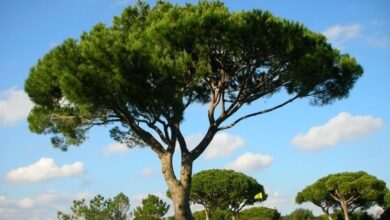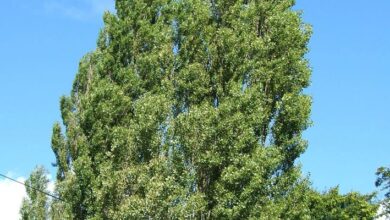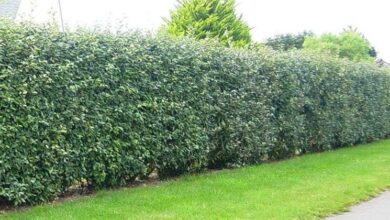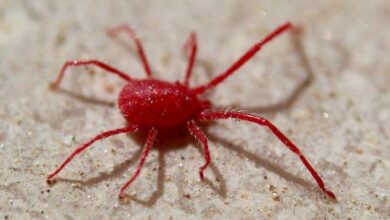Cochineal what is it
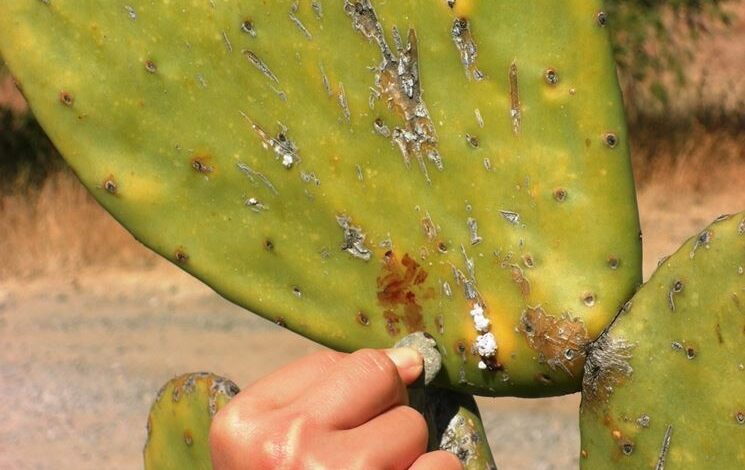
The cochineal
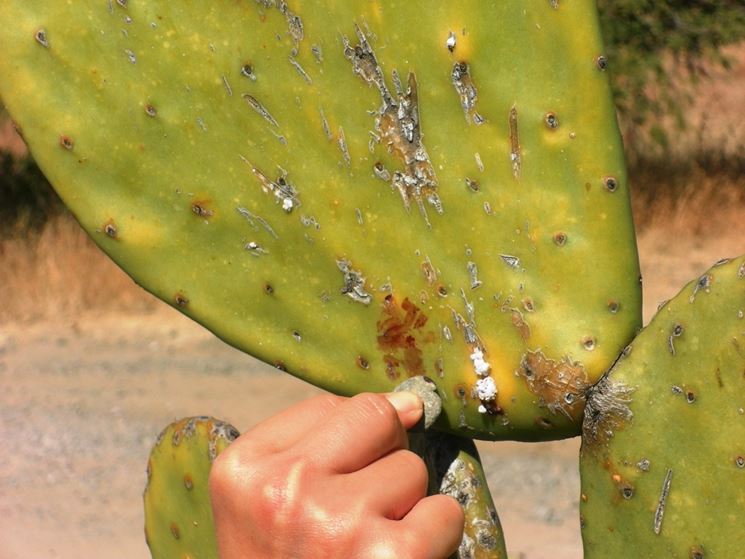
Reproduction
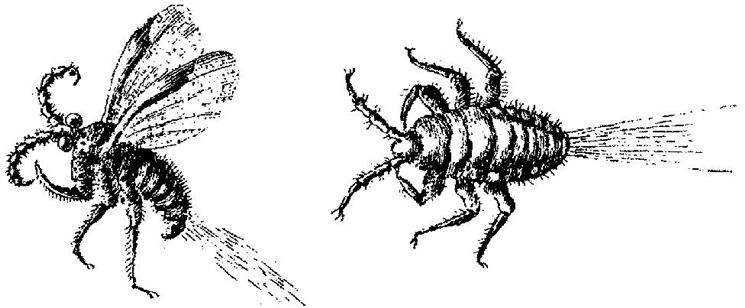
The cochineal has different reproductive modalities from species to species: it is generally oviparous, but there is no lack of ovoviviparous and viviparous species. In addition, hermaphroditism or parthenogenesis may be present. Development occurs in three stages: egg laying, the larva and the adult. The development of the female larva goes through three to four stages, while that of the male has five. In the adult, the female remains attached to the host plant, from which it draws its nourishment and lays its eggs, while the male is able to move thanks to the presence of the wings. The number of generations that are created is very variable and is extremely influenced by the climate and the species to which it belongs: in equatorial climates or simply in protected environments (such as greenhouses) the number of generations that develop is higher.
The feeding of the cochineal

The cochineal has a diet characterized by a high carbon / nitrogen ratio due, above all, to its poor mobility and specialization in phytophagy; a characteristic, the latter, which it shares with psylla, aphids and whiteflies. This also explains why it more willingly attacks plants that receive abundant and constant nitrogen fertilization and irrigation over time. Therefore its food is characterized by the sap that flows in the host plants and the waste products that originate from this diet are water and sugars, which the animal gets rid of with the production of honeydew. That same honeydew that its aphid cousins produce and of which the ants that act as real protectors towards it are greedy (the presence of the latter on the plants is always an alarm bell that is ringing),
Cochineal what it is: The fight against cochineal
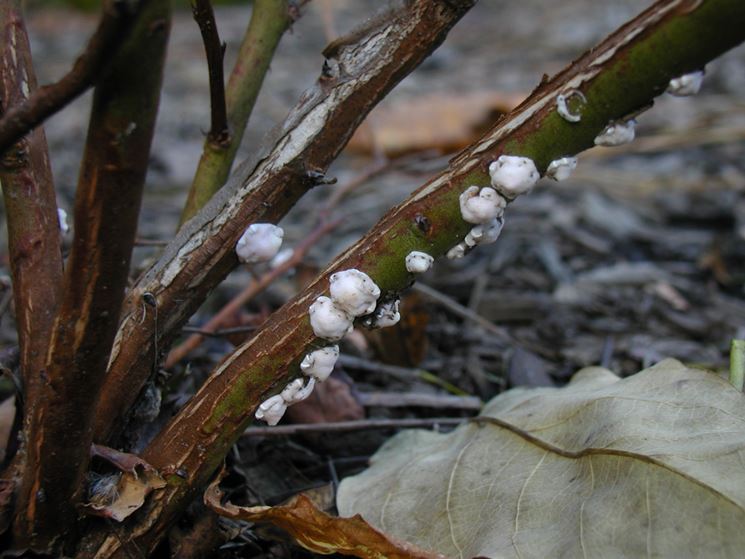
The cochineal is easily identifiable, since the adult female protects itself with the secretion of external substances. The substances all have the characteristic of hardening and producing a sort of protective «shield» that makes the females resistant to adverse climatic conditions and even to insecticides by contact. This, together with the fact that the cochineal is able to hit different organs of the countless plants it affects, makes it one of the most fearsome insects. The preventive fight is carried out by keeping the foliage of the plants ventilated. In the presence of a slight infestation it is possible to remove the cochineals manually, using a cotton swab soaked in alcohol. The chemical fight, on the other hand, is carried out with the use of white oil, preferably in conjunction with pyrethrum or malathion,

